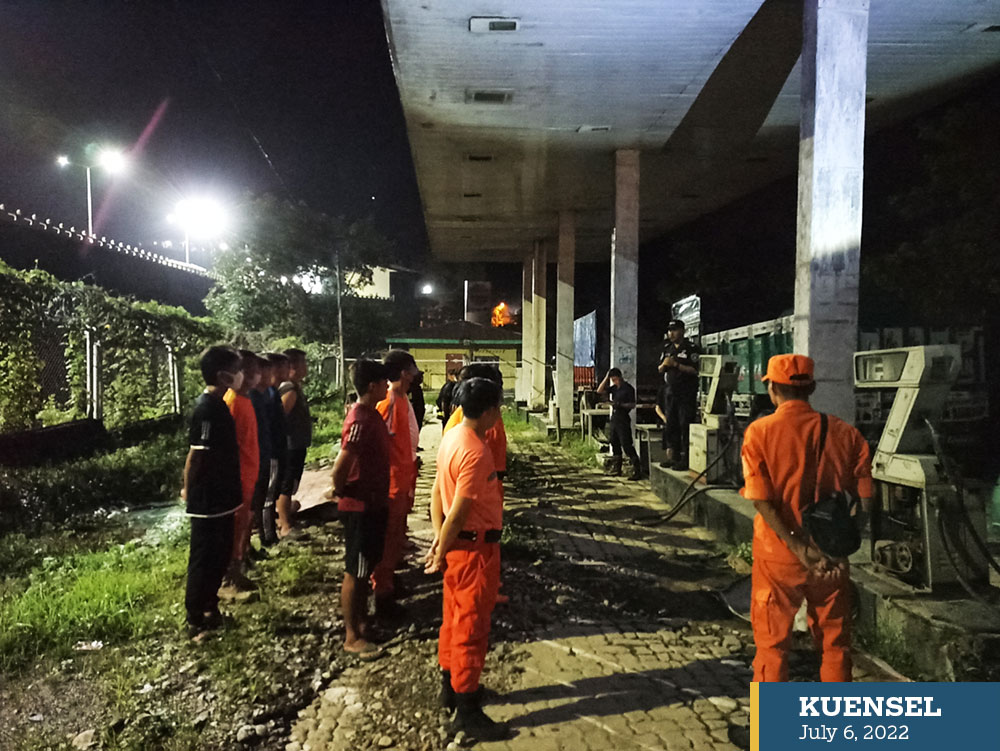Rajesh Rai | Phuentsholing
On the evening of July 4, at around 8.20 pm, a fire engulfed a five-storey building in Rinchenging. There were people inside.
It’s a mock drill situation to understand Phuentsholing’s preparedness during times of disaster. The disaster scene was activated at 8:20 pm.
It took 47 minutes for response teams to gather at Rinchending.
Police arrived at the scene first, followed by Rinchending tshgopa, Phuentsholing Thromde’s executive secretary, and thrompon, and others.
According to the observations, it was found de-suups were not adequately equipped to deal with such emergencies. They were in gumboots to tackle the fire incident.
Both RBP and de-suups need basic equipment for such incident— such as torches, helmets, boots, and knives.
The Police Quick Response Team reported to the site 33 minutes after the incident. The ambulance had trouble finding the mock situation site and had gone the opposite way. It arrived at the site at 8:59 pm.
“We can and must do better,” a police official said. “We are 24 hours on duty. We must be ready to leave everything and arrive at the disaster site quickly. We save lives first and then properties.”
Phuentsholing is a disaster-prone area. Most disasters are reported during the monsoon. Landslides and flash floods are among the most common disasters.
Thrompon Uttar Kumar Rai, who was the incident commander for the drill, said it was important to conduct such drills in Phuentsholing.
“It is to check how responsive and reactive relevant agencies are during times of emergencies,” he said, explaining that all agencies must be prepared.
He said more such drills would be conducted in the coming days. The general public will also be included.


